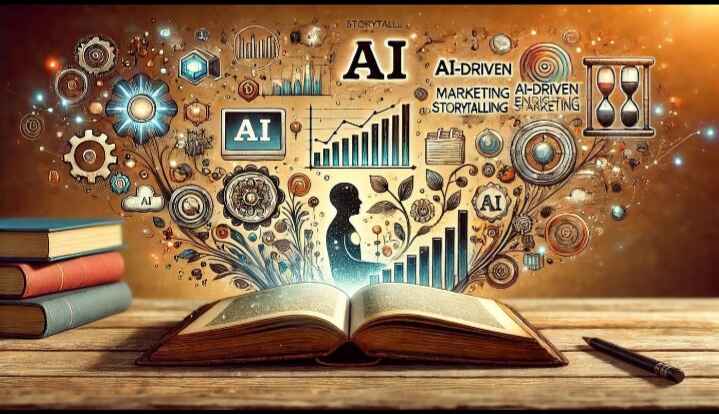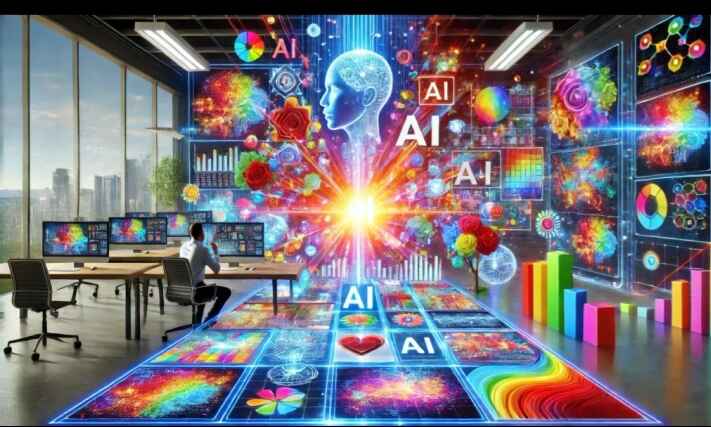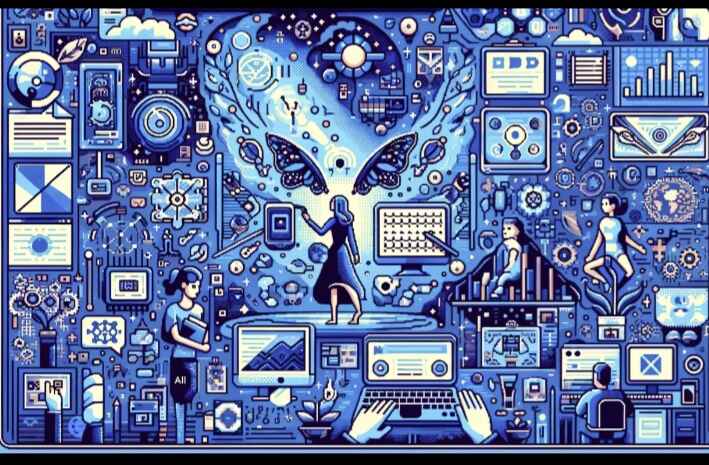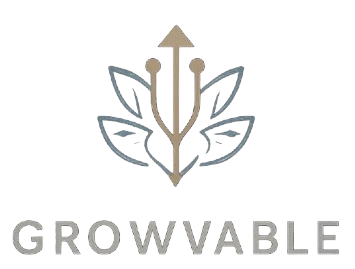Introduction
In the ever-evolving landscape of digital marketing, AI-driven storytelling has emerged as a transformative force. By leveraging generative AI technologies, brands can craft personalized narratives that resonate with individual consumers, enhancing engagement and fostering deeper connections. AI-driven storytelling not only streamlines content creation but also ensures that marketing messages are tailored to the unique preferences and behaviors of each audience segment.

The Evolution of Storytelling in Marketing
Traditional marketing relied heavily on broad, one-size-fits-all messages aimed at mass audiences. However, with the advent of digital technologies and the proliferation of data, marketers now have the tools to understand and anticipate consumer needs more precisely. AI-driven storytelling in marketing represents the next step in this evolution, enabling brands to move from generic messaging to highly personalized, context-aware narratives that build trust and loyalty.
How AI Enhances Storytelling
1. Personalization at Scale
AI-driven storytelling enables personalization like never before. AI algorithms analyze vast amounts of consumer data, including browsing history, purchase behavior, and social media interactions, to create detailed customer profiles. These insights allow marketers to craft stories that speak directly to the individual, delivering relevant content at the right time and through the preferred channel.
2. Dynamic Content Generation
Generative AI tools can produce a wide range of content types, from blog posts and social media updates to video scripts and email campaigns. By automating content creation, brands can maintain a consistent narrative across multiple touchpoints. AI-driven storytelling in marketing ensures that quality and creativity remain intact while scaling content faster than ever.
3. Emotional Resonance
Advanced AI models are trained to understand human emotions and can generate content that evokes specific feelings. AI-driven storytelling allows brands to craft stories that not only inform but also emotionally connect with consumers, enhancing brand loyalty and trust.
4. Real-Time Adaptation
AI systems can monitor consumer interactions in real-time and adjust narratives accordingly.
For example:-
If a consumer shows interest in a particular product feature, AI-driven storytelling in marketing can highlight that aspect in subsequent communications, ensuring the story remains relevant and engaging.

Case Study 1: IBM’s Personalized Marketing Breakthrough
IBM integrated Adobe Firefly generative AI into its marketing workflow to produce personalized visuals and campaign materials. By creating content tailored to individual users, IBM saw a significant boost in engagement, outperforming traditional campaigns.
Key Takeaways:
AI enables rapid experimentation with creative ideas.
Personalized visuals lead to higher customer interaction.
Brands can enhance storytelling while reducing production time.
Case Study 2: Klarna’s Cost-Effective AI Content Strategy
Fintech company Klarna implemented Midjourney and DALL·E to automate parts of its content creation. This reduced production costs significantly, reportedly saving millions annually, while allowing marketing campaigns to be updated faster and more efficiently.
Key Takeaways:
Generative AI can reduce operational costs.
Rapid content updates improve campaign responsiveness.
AI-driven storytelling ensures consistency across marketing channels.
Case Study 3: Netflix and AI-Powered Visual Storytelling
Netflix applied generative AI in the production of its series El Eternauta, enhancing complex visual effects. This approach allowed the creative team to produce high-quality visuals more efficiently while maintaining artistic integrity.
Key Takeaways:
AI can support large-scale content production.
Visual storytelling benefits from AI automation without sacrificing quality.
Media and marketing teams can scale creativity with AI tools.

Best Practices for Implementing AI-Driven Storytelling
1. Maintain Brand Voice
While AI generates content at scale, brands must ensure their unique voice remains consistent. Human oversight in AI-driven storytelling is essential to prevent generic messaging.
2. Leverage Data Responsibly
AI’s effectiveness relies on data. Marketers should ensure consumer data is collected and used ethically. Transparency in AI-driven storytelling in marketing builds trust and aligns with privacy regulations.
3. Combine AI with Human Creativity
A hybrid approach works best. AI-driven storytelling handles scale and efficiency, while human creativity adds emotional nuance and cultural relevance.
4. Monitor and Optimize
Continuous monitoring ensures that AI-driven storytelling stays effective. A/B testing, analytics, and consumer feedback help refine narratives for better engagement.

Future Outlook
The integration of AI-driven storytelling in marketing is only beginning. With advancements in natural language processing and machine learning, brands will soon have even more sophisticated tools to create hyper-personalized narratives. The future of AI-driven storytelling promises deeper consumer relationships, smarter engagement strategies, and limitless opportunities for innovation.
Conclusion
AI-driven storytelling is revolutionizing the way brands communicate with their audiences. By harnessing generative AI, marketers can create personalized, dynamic narratives that resonate on an individual level. The future of AI-driven storytelling in marketing is not just about efficiency.it’s about building authentic connections, driving loyalty, and ensuring long-term business success. As AI continues to evolve, the potential for innovative storytelling remains limitless.
